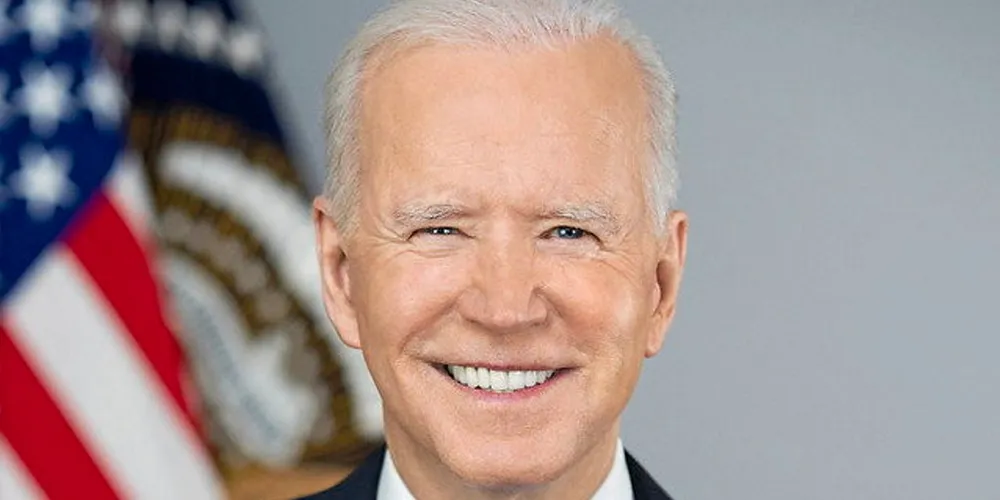Biden push to cut US power emissions could open door to more wind and solar
Proposal to cap emissions from fossil fuel-fired generators while allowing operators to deploy a range of technologies faces Congressional and court scrutiny

Proposal to cap emissions from fossil fuel-fired generators while allowing operators to deploy a range of technologies faces Congressional and court scrutiny
